It’s easy to think that vacations are a whirlwind of margaritas, late night dancing, and Instagram likes. However, when you truly step outside of your comfort zone the joy comes not from long, lazy days, but in persevering through the unknown.
When photographer Angela Lewis and her partner, music producer and songwriter Sebastian, set out for their month long trip to Australia and New Zealand, they were ready for an adventure in professional growth. However, living in a camper van in unknown places with little or no internet turned out to incite personal growth as well, as expectations had to be left behind in favor of being present and staying positive through unforeseen circumstances. Read on to find out more about their trip and how Angela and Sebastian found gratitude and beauty in the challenges of exploration.
Hello! Tell us a little about your trip. What was the inspiration behind it and what was your “plan”?
Our initial plan was to escape winter, relieve ourselves from the stress of the city and immerse ourselves in natural beauty. Both of us are creative people who are inspired by natural settings, so we wanted to make sure we structured in some time apart during the trip to allow ourselves to focus on personal projects and have thoughts and experiences of our own. We wanted to grow together, but also grow individually.
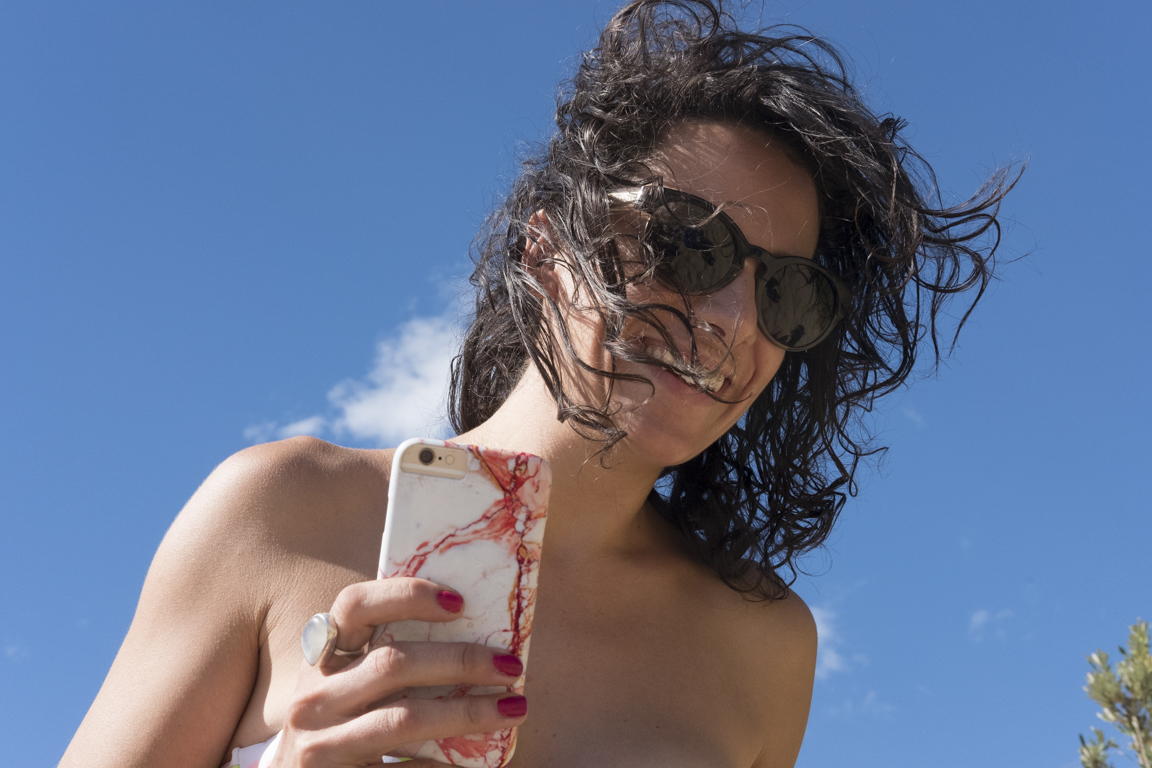
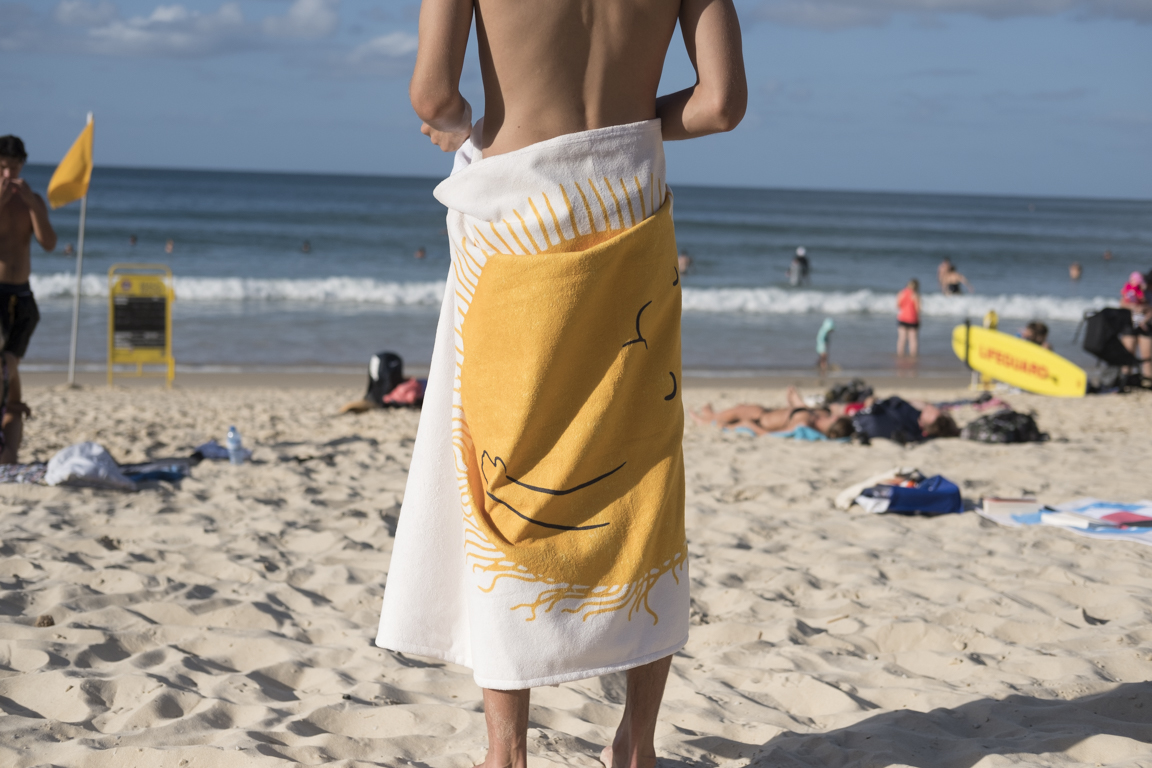
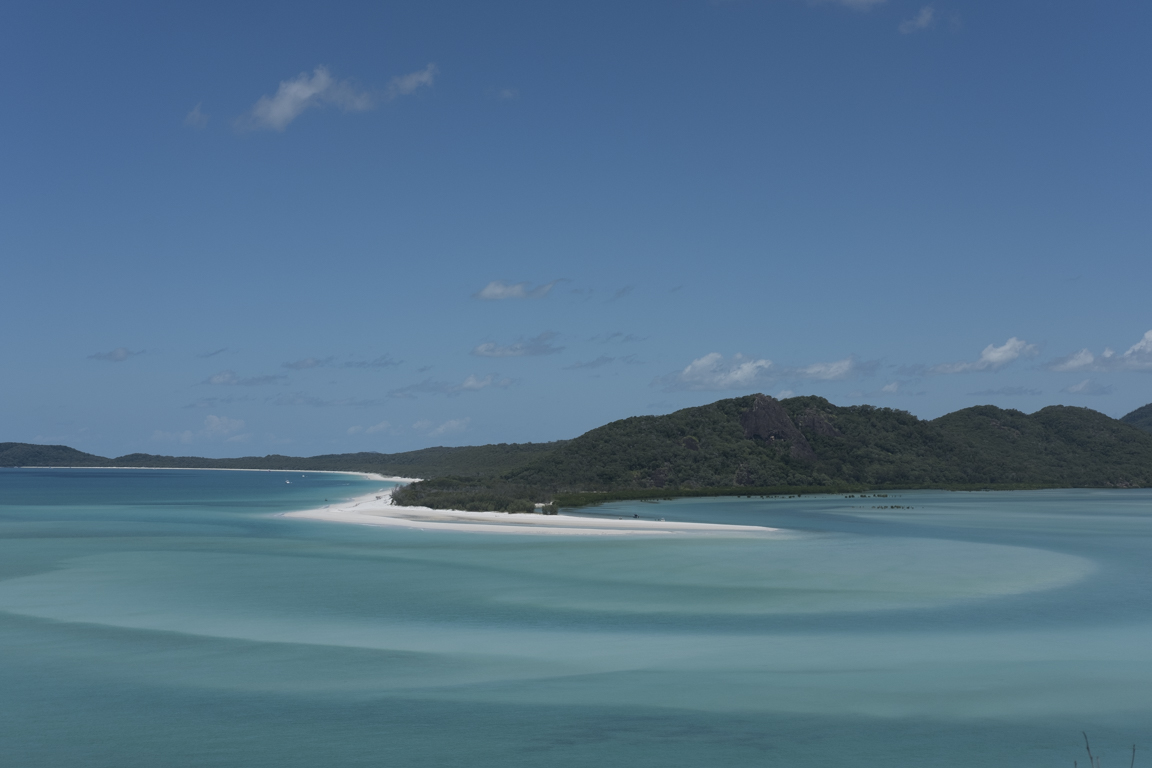
How did you approach spending so much time with one person, especially with the projected difficulties that inevitably come with travel? Were you nervous about it?
When Sebastian and I first got together, we discussed that it was crucial to respect each others personal creative process and individuality. To us, this meant that instead of falling into a situation of codependence where we both sacrifice a lot (a common theme for young couples, which both of us have experienced in the past), we would allow for a little bit more autonomy and breathing room. When we (rather spontaneously) booked this trip through a cyber monday sale, we shrieked with excitement and described the possibilities of what those two months would entail, but then very openly discussed how our relationship and reliance on each other would change. We made one rule for ourselves, and that was to spend at least one hour a day separate from one another. This could include going for a solo walk on the beach or venturing into town alone, Seb reading a book while I did some stretches, and the obvious — making time to work on personal projects. This structure was ultimately what made this trip possible, as it encouraged us to constantly check in on the other to make sure they were feeling okay!
Did you have any expectations for the trip — of personal growth, professional growth, relaxation time? If so, did you find that your experience lined up to these expectations?
We found it challenging to live up to our expectations of having our own individual experiences as I mentioned above, because a lot of our time was spent deciding where to go next, finding a place to stay overnight, set up camp, cook our meals before dark, and then do it all over again the next day. We were hoping for more time to relax and be present in each place, but we were often on the move and thinking ahead. We wanted it all—personal growth was a big one for me because I had been through some trauma over the last year with my health and I wanted to learn about my family history in New Zealand. For Sebastian, it was a rare opportunity to see his Mother who lives in Australia, as well as a break from his rigorous work schedule.
In terms of professional growth, for Sebastian he was able to compose music influenced by the surrounding environment, and for me I was able to capture images in the travel documentary style of photography, which is a direction I would like to see for my professional career. But, as one would expect, these things are difficult to achieve when someone else is always around; you are supporting their work, and taking on their needs and current emotional states. Needless to say, it was a challenge to live up to those expectations, but we felt fulfilled in a variety of ways throughout and after the trip.
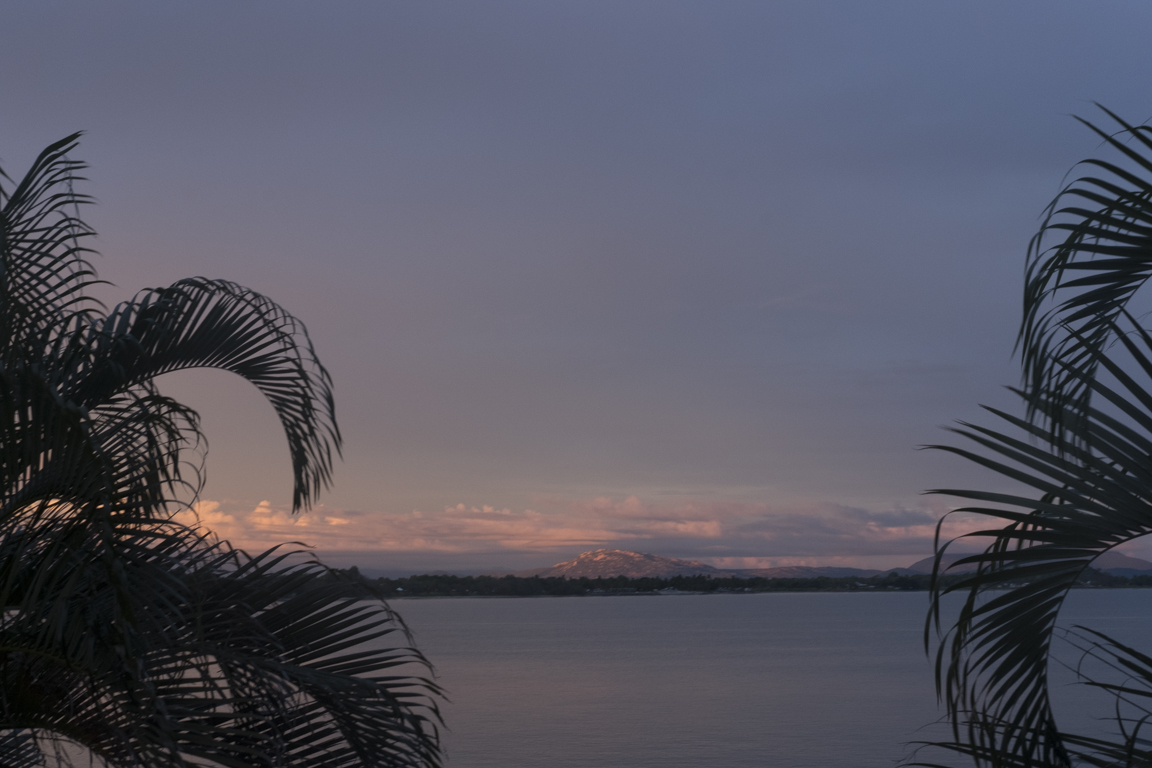
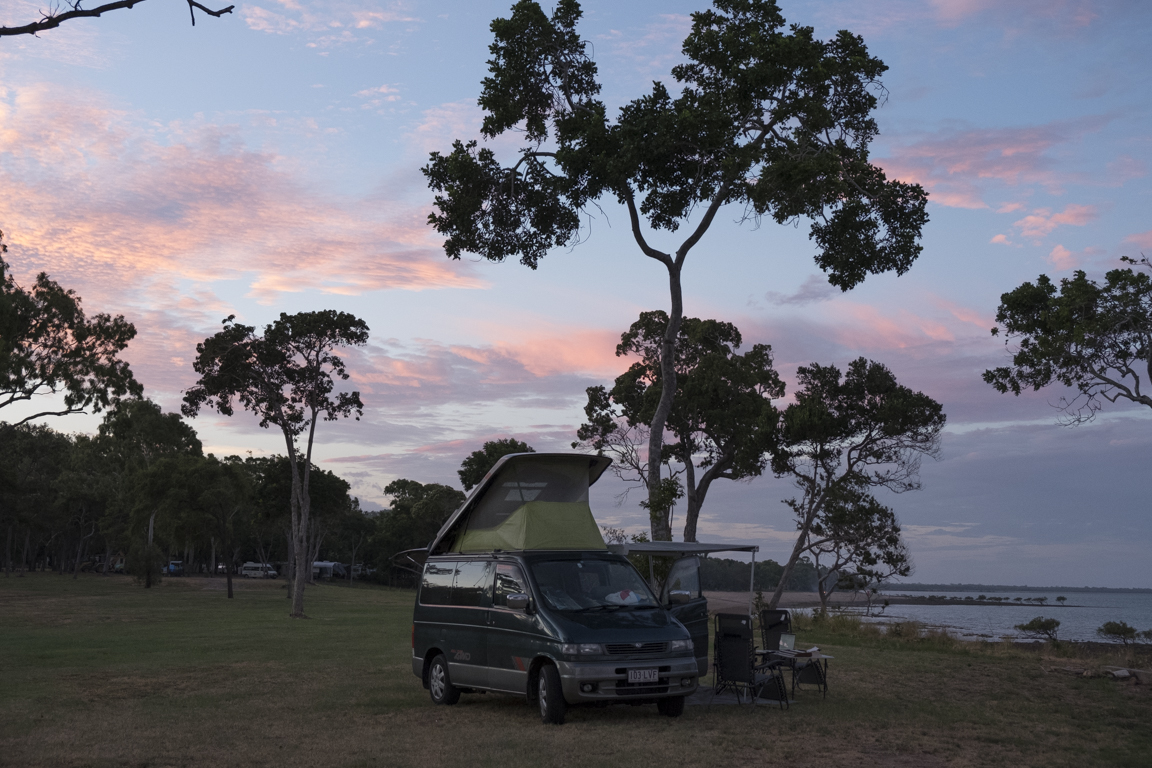
I’m sure there were lots of places along your route without internet, which is so rare these days. What did you learn about going-without?
I could talk about this for days. The internet is a wonderful tool, but we demand a lot from it. Flipping through Instagram would take me out of my every attempt to stay present, so I stopped. Looking at the news often made us feeling angry, especially with the today’s global political climate. We by no means wanted to ignore the outside world, but we wanted to make a point of breaking the habit of staying constantly updated. Detaching from the internet was sort of like an exercise that allowed me to analyze how my exposure to various sources of information and content really make me feel. Through this I was able to identify major sources of stress and unhappiness, and have since been able to avoid exposing myself to them.
From a more practical and light-hearted standpoint, we missed the internet in areas of our trip such as navigation, tourist information, and communication, however in its absence we were challenged to use other, more analog methods, which inspired a sense of adventure. Learning to live without the internet forces you to rely on your instincts, which is an exhilarating experience that we often forget we’re capable of. It’s humanizing.
Our “normal” lives are often filled with unrelenting structure: schedules, expectations etc. What was it like to break from this?
Oddly enough, we found ourselves on a tighter and more rigorous schedule then our lives back home! With trying to see the entirety of not one, but two foreign countries, and living primarily in a tiny camper van, the planning and logistics sort of took over. That is not to say that we weren’t extremely fortunate to have that experience, just that it would be untrue if we gave the impression that we were on a romantic holiday on a beach for 3 months. That being said, almost every day ended with a feeling of satisfaction and accomplishment, and usually a pretty damn beautiful view!
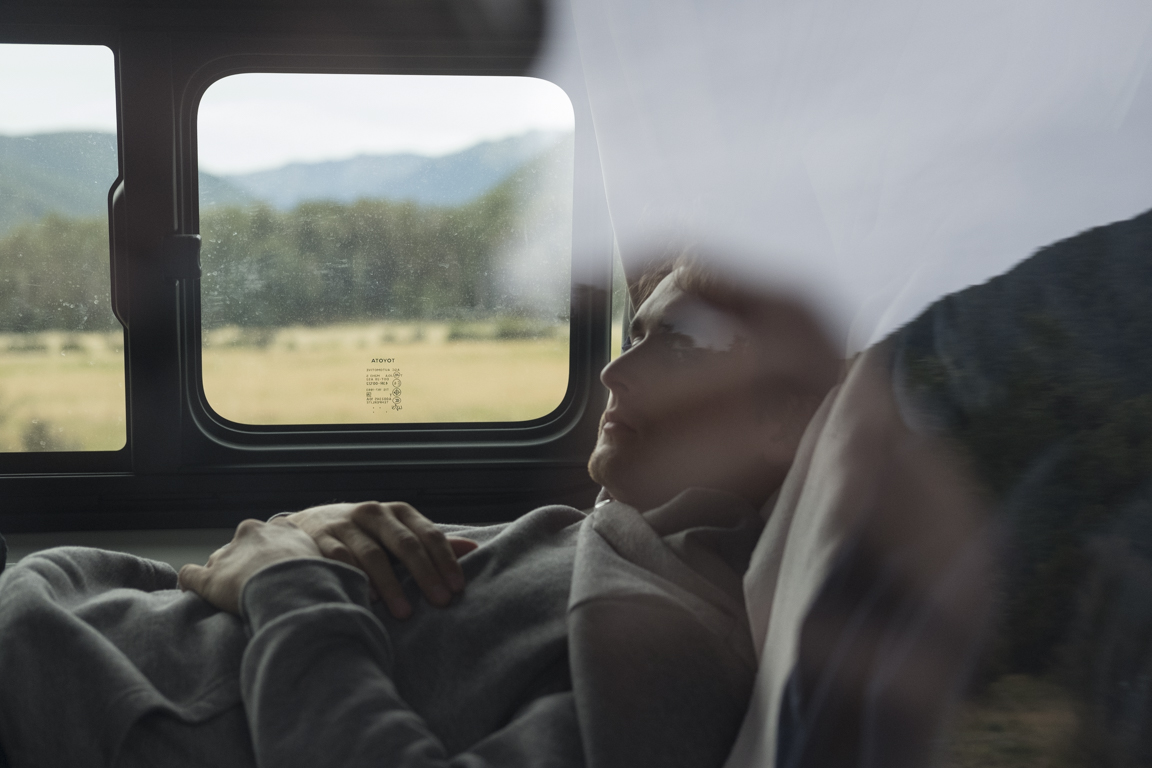
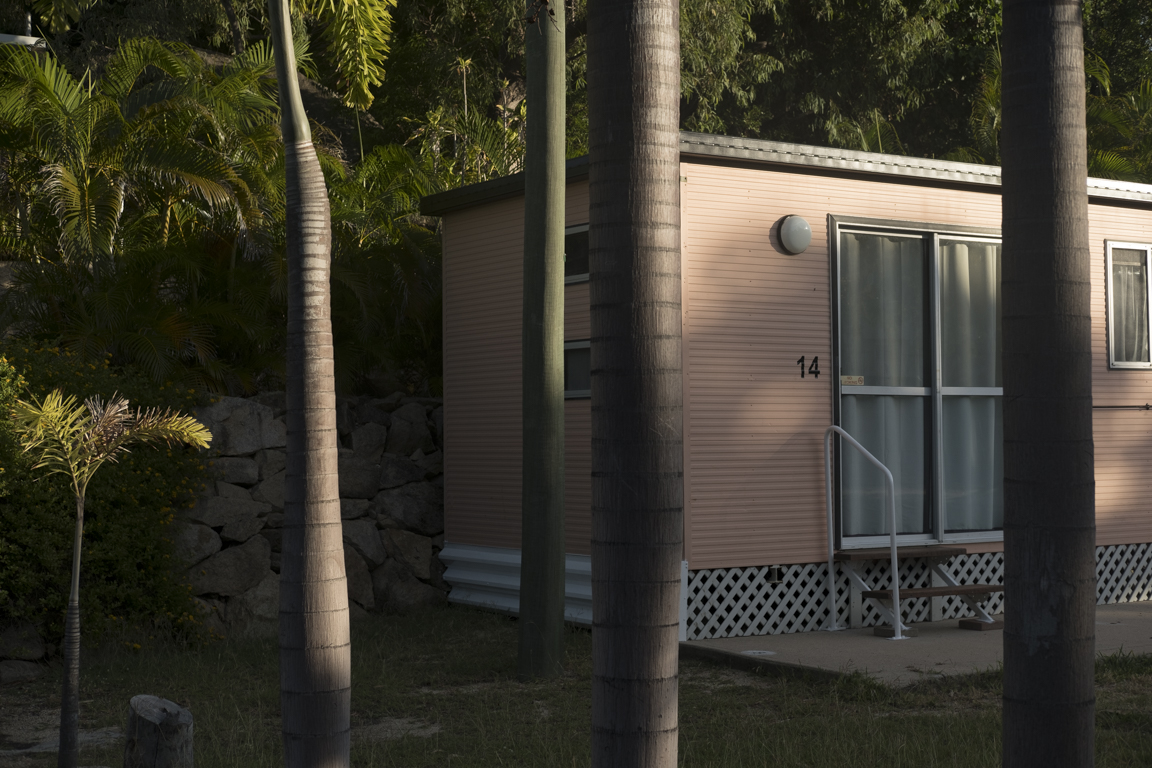
Do you think you’d ever want to do a trip like this again? If so, what would you do differently next time?
YES. Waking up with the sunrise every day, and going to bed with the sunset, allowed me to really feel present and connect back to life. Something I would do differently is stay in one place for longer than just a night—Australia is a huge country and very far away from us, so we felt like we had to see as much of it as possible since we may never return. I think we would have felt calmer and more fulfilled if we stayed in one place for longer and were able to explore. There were places that we discovered on our trip where I felt i could have stayed forever, yet the next morning we would find ourselves backing up the van and taking off. It was hard to see them disappear in the rearview mirror, but in retrospect it seems like perfect inspiration for me to keep moving, experience new things, and possibly even return one day. There’s a beauty in it.
Our social-media-saturated world lets us pretend to look “behind the scenes” of the lives of interesting people, however what you see is not often a depiction of reality. Did this trip teach you anything about the challenge of perception vs. reality?
For sure. My Instagram isn’t so much about me and my daily experiences, but more about building a portfolio of images. I decided from the get go to avoid posting images of a sunny, care-free vacation lifestyle because it would be dishonest, and my work is generally inspired by genuine human moments/interactions. There were times on this trip where I had blisters on my feet, I was hungry, dirty, and it had been raining for 3 days straight. I guess I was just more inspired by the blisters than by the beach selfies.
I found it interesting that the public’s perception of our trip was completely determined by the imagery that I chose to post. Through social-media I had the power to paint a picture of a romantic camper-van getaway that would have likely incited envy in all my followers. Though it’s undeniably tempting to be perceived in such a way, I couldn’t help but ensure that I represented our trip and ourselves in an honest light.
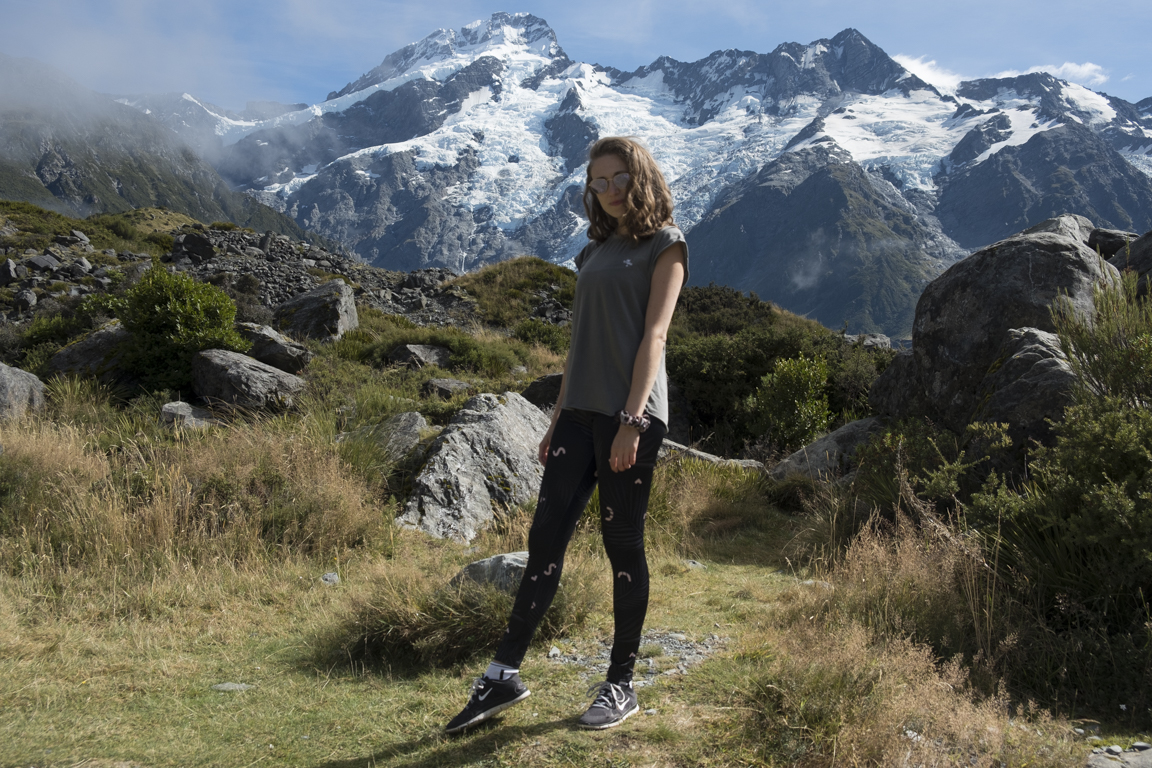
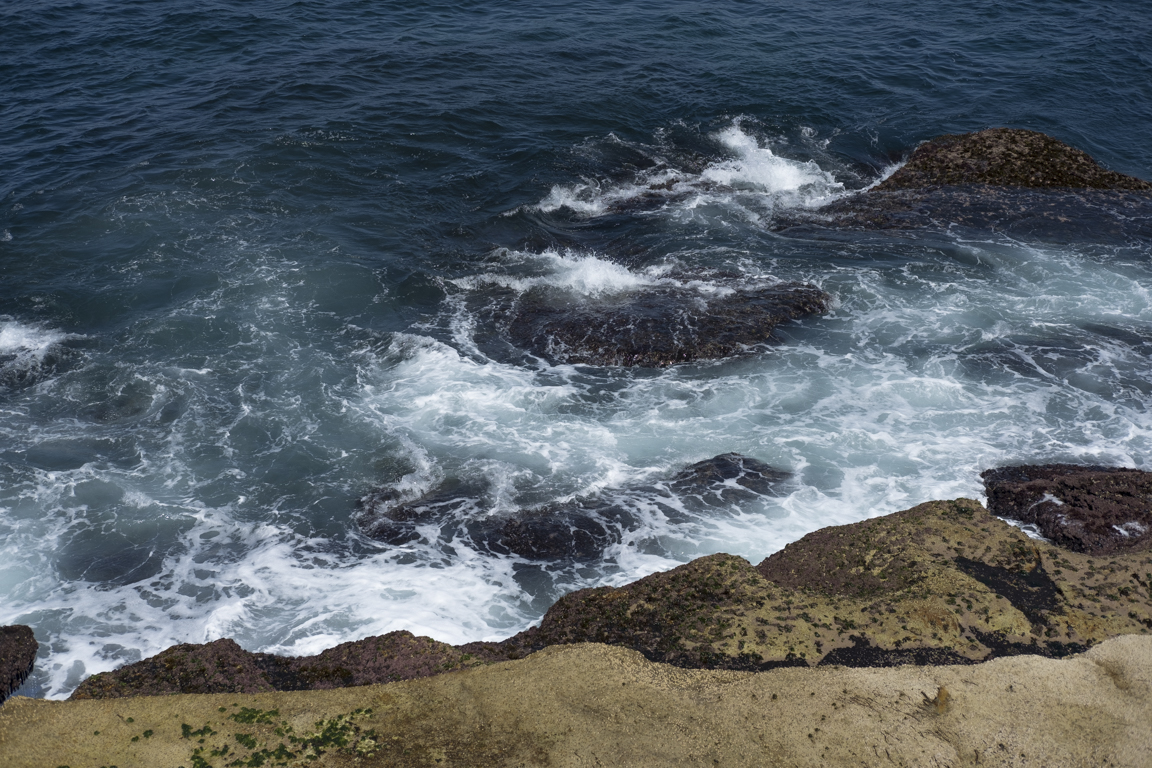
The idea of “wandering” is so appealing to so many young creatives these days. What would your advice to them be?
Read Herman Hesse’s ‘Wandering’. Then book a plane ticket.
Okay, but also, PLS tell us about all the cute animals you saw!
There are “koala crossing” signs all over Australia roads, and my eyes would be peeled high in the eucalyptus trees for any sign of a cute, cuddly Koala. Side note: Koala’s were my favorite animal as a kid, in fact I think I have about three stuffed animal koalas still hanging out in my childhood bedroom. While visiting Lone Pine Koala Sanctuary with Sebastian and his family, the most amazing thing happened.I got to hold a real life baby girl Koala named Lucy and I have the standard touristy photo to prove it! She was so chill. We bonded and I’ll never forget her.
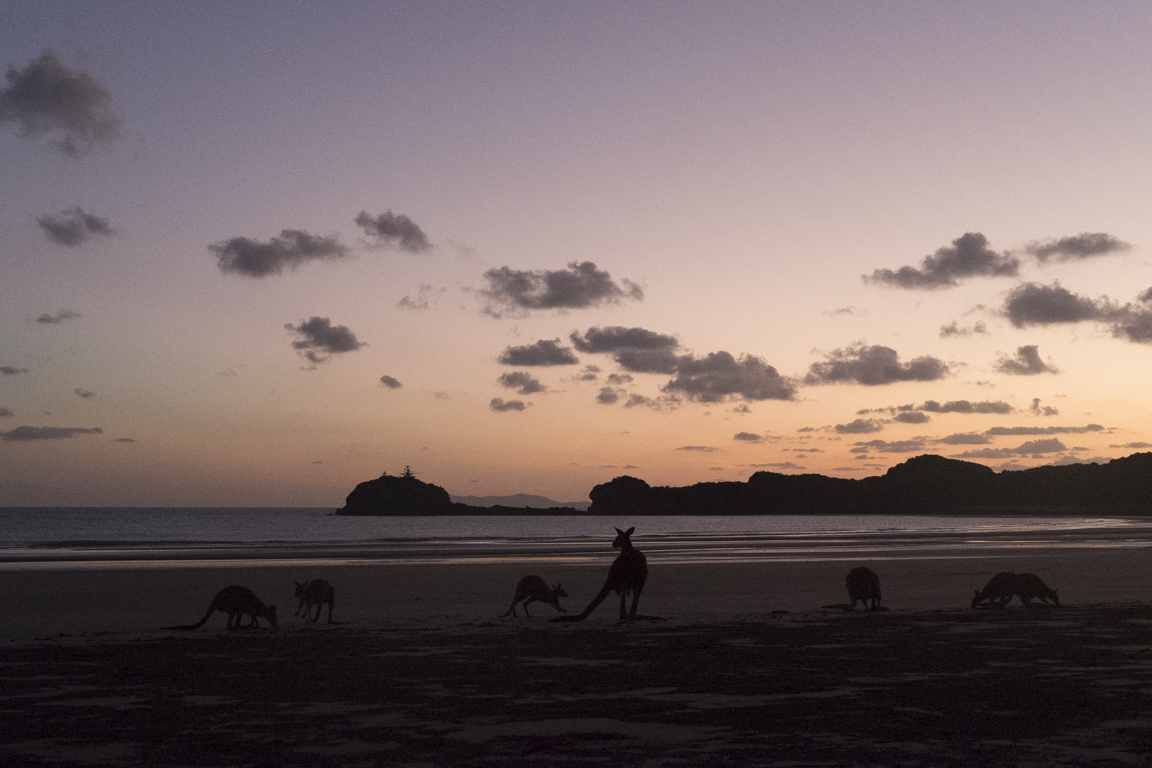
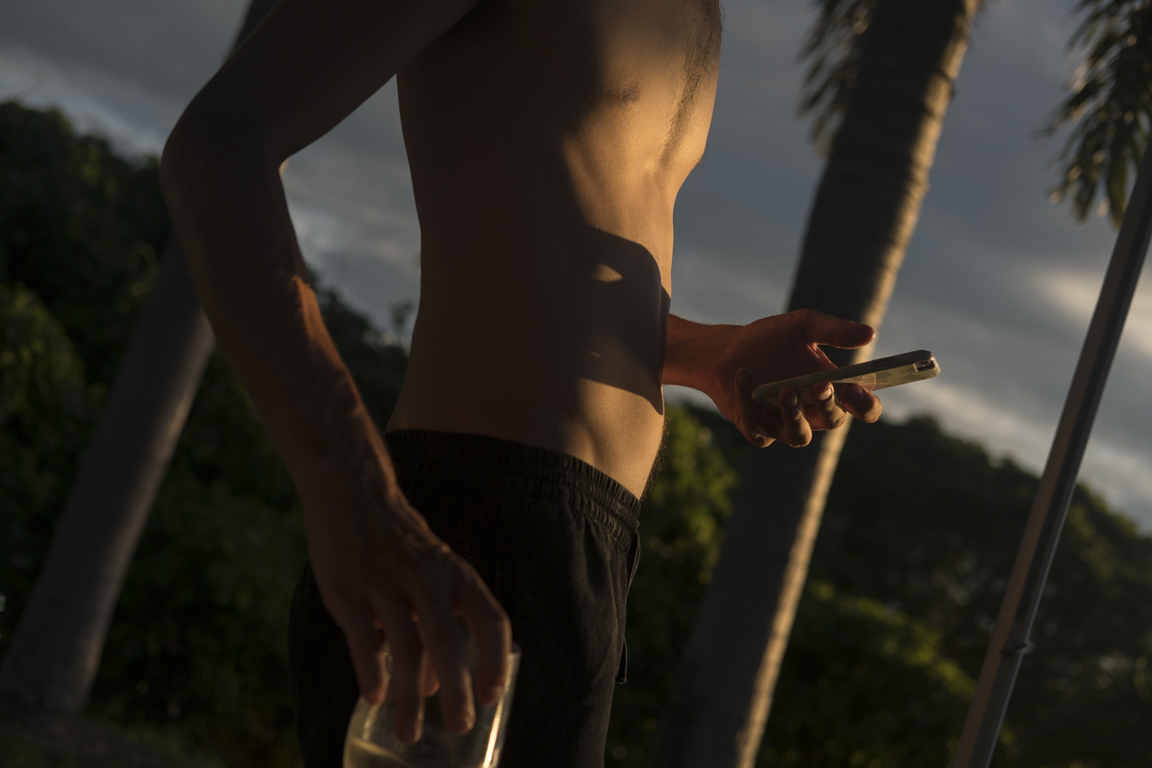
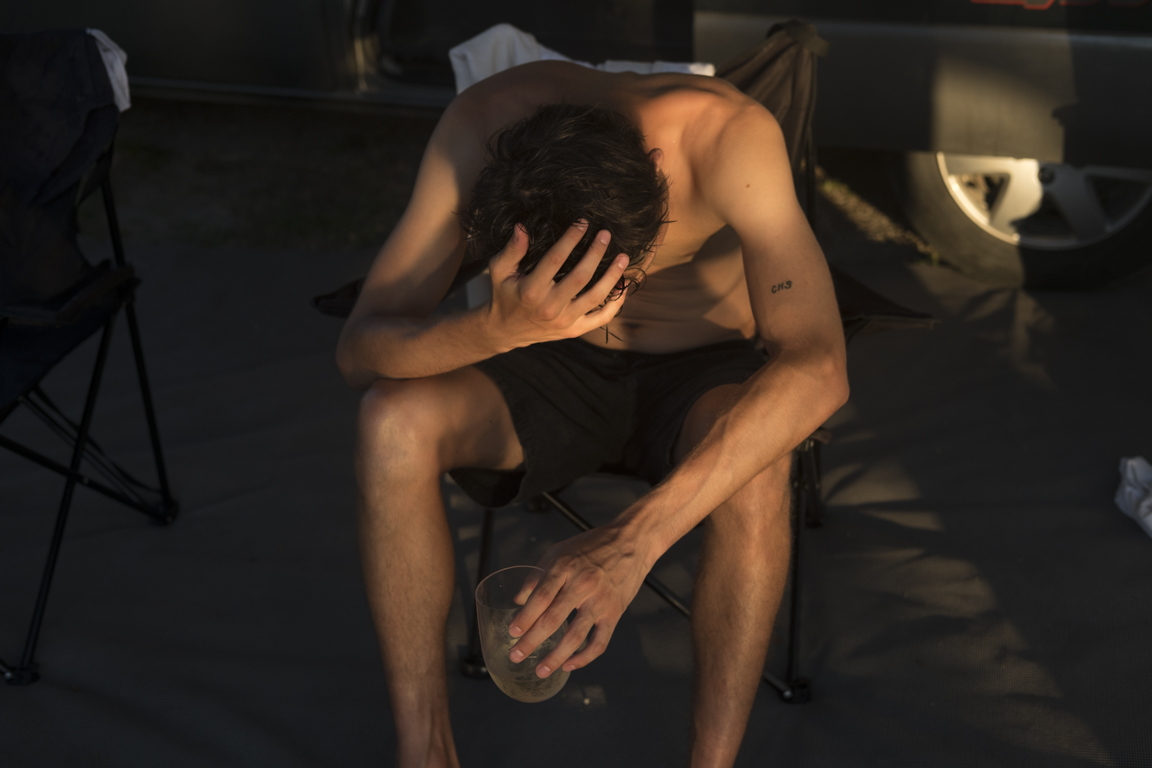
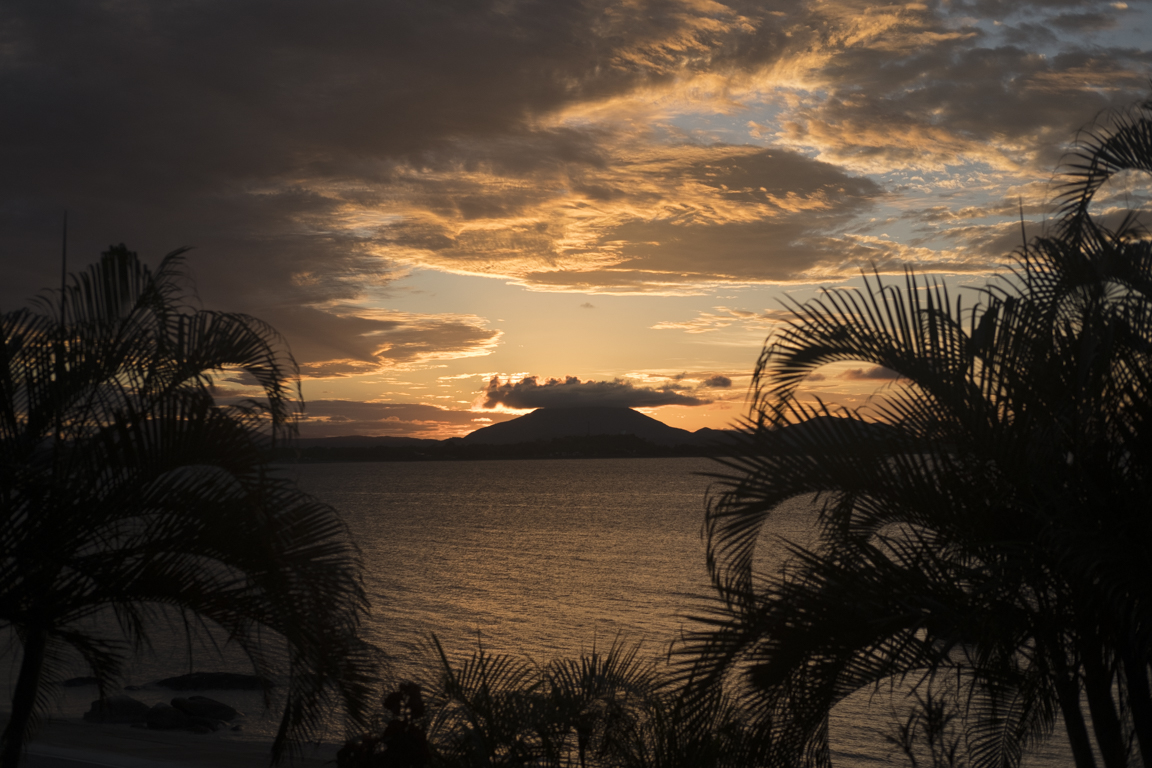
Photos by Angela Lewis.
Follow her here.

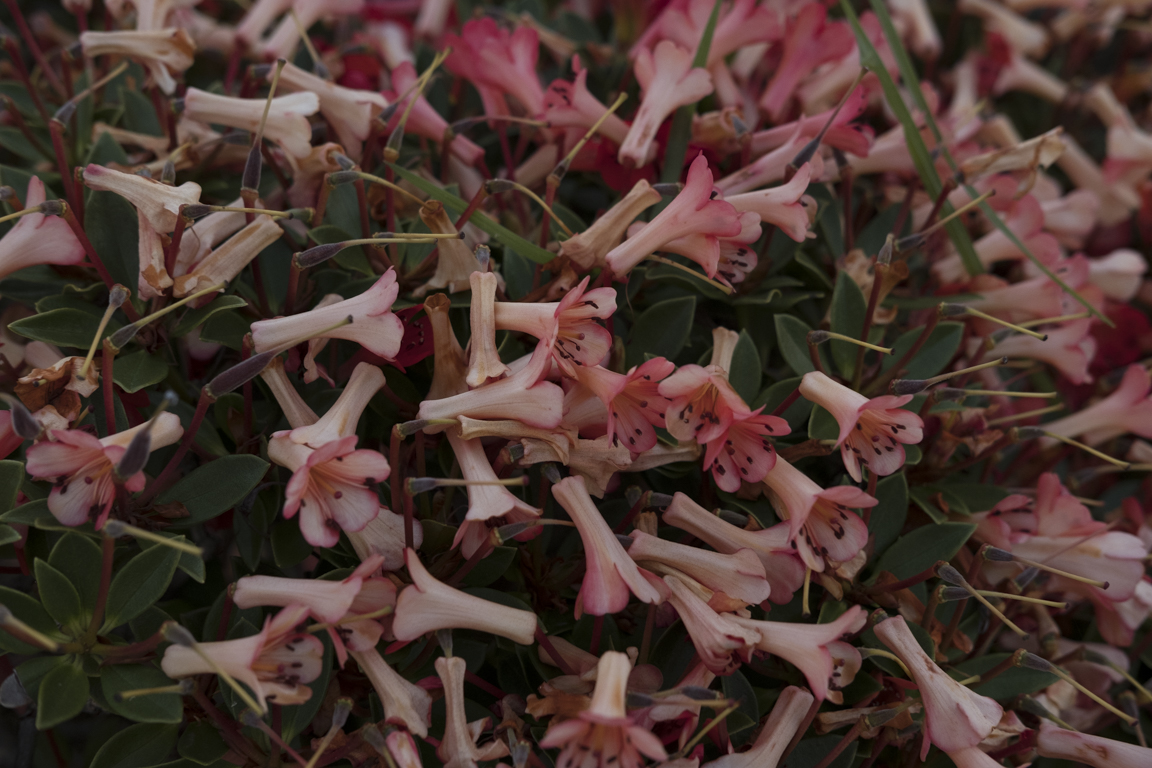
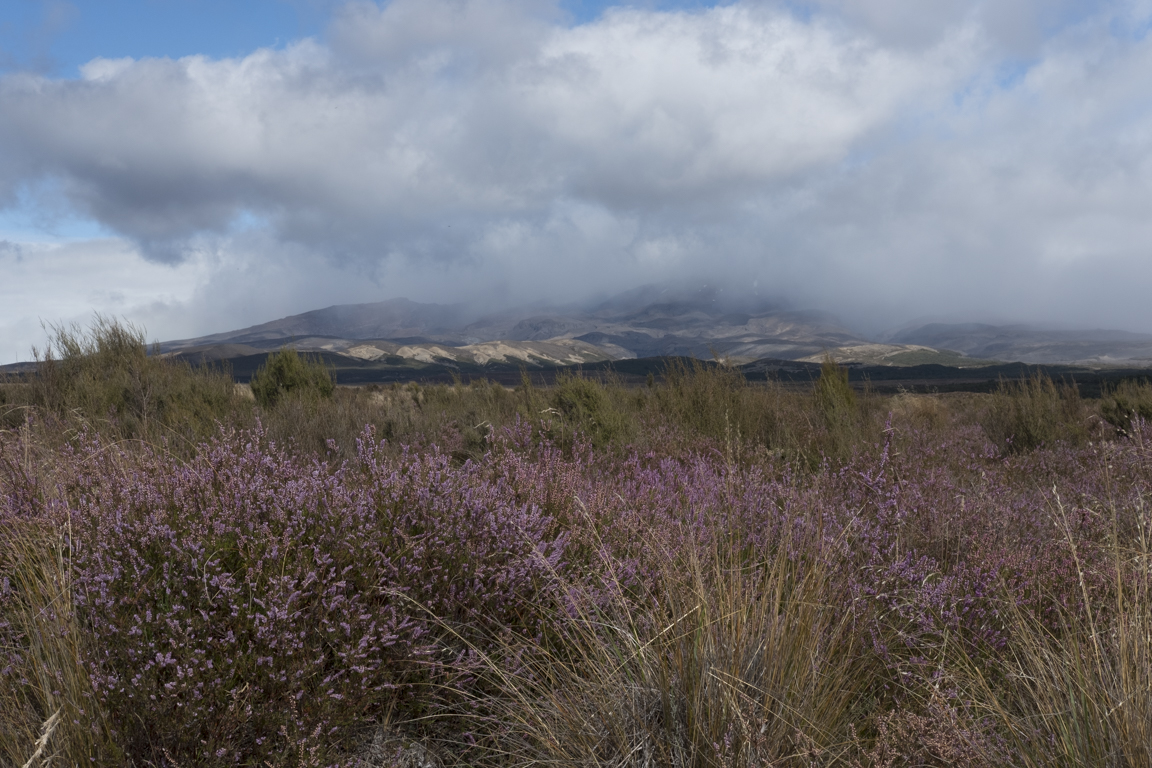
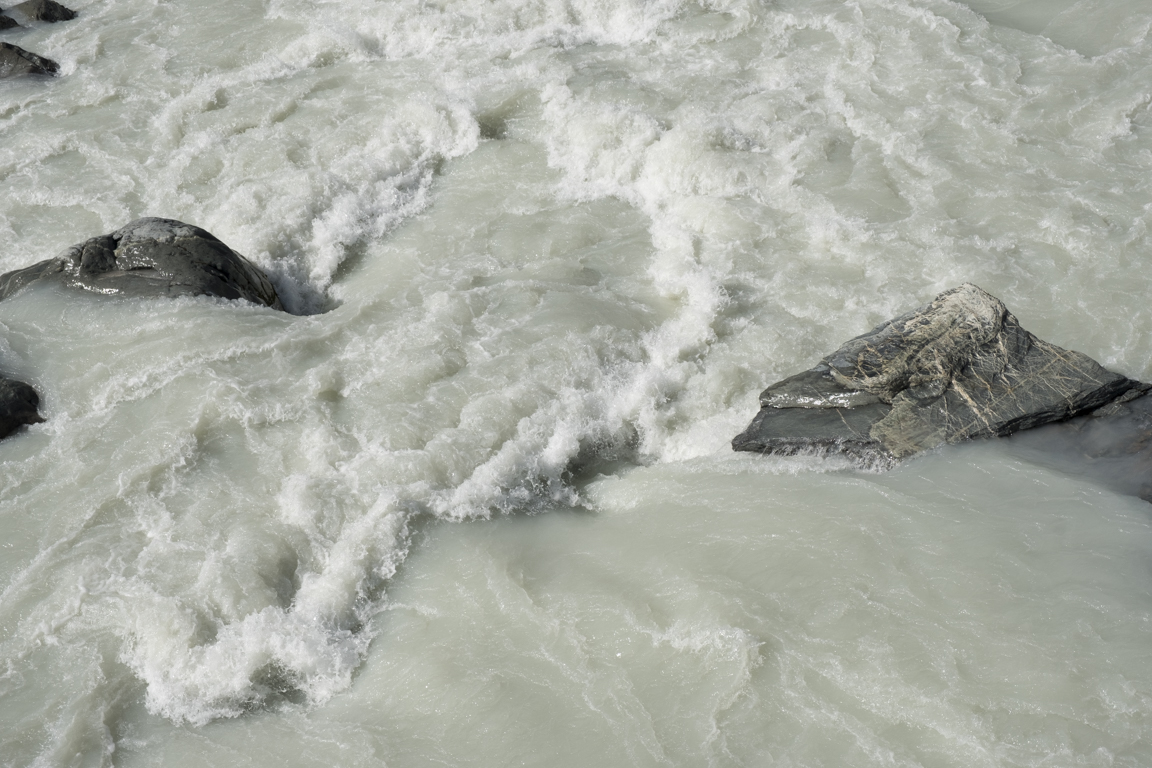
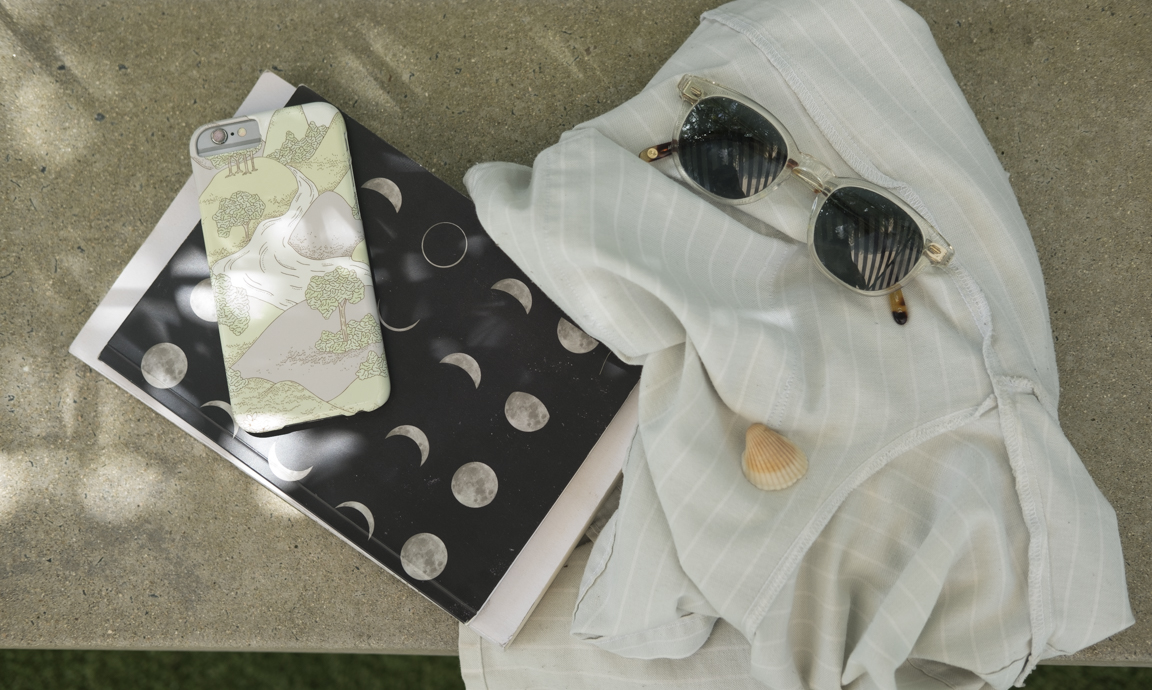
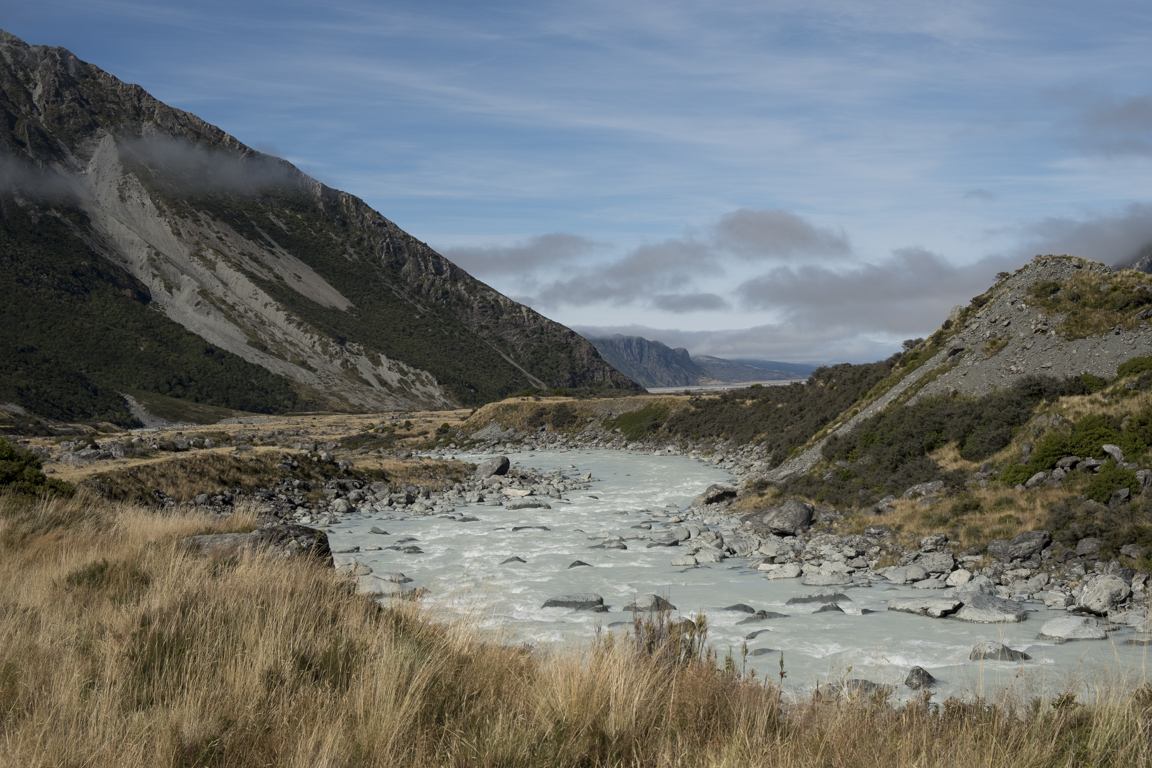
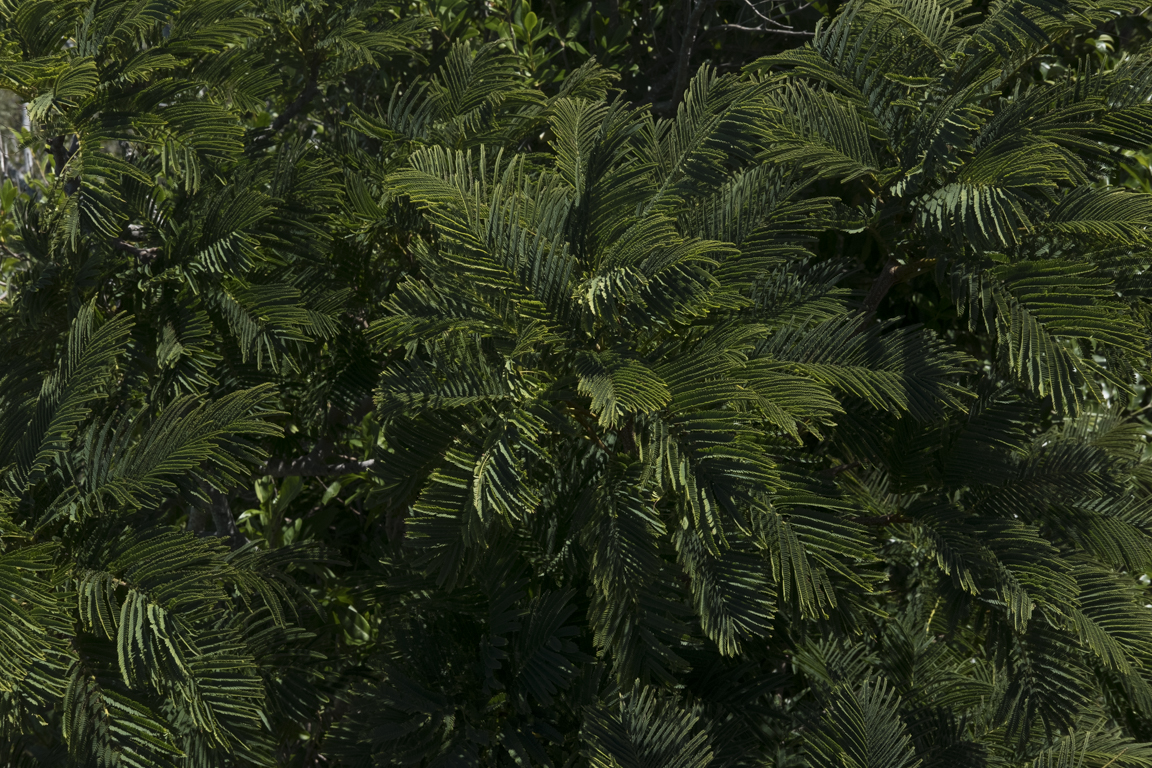
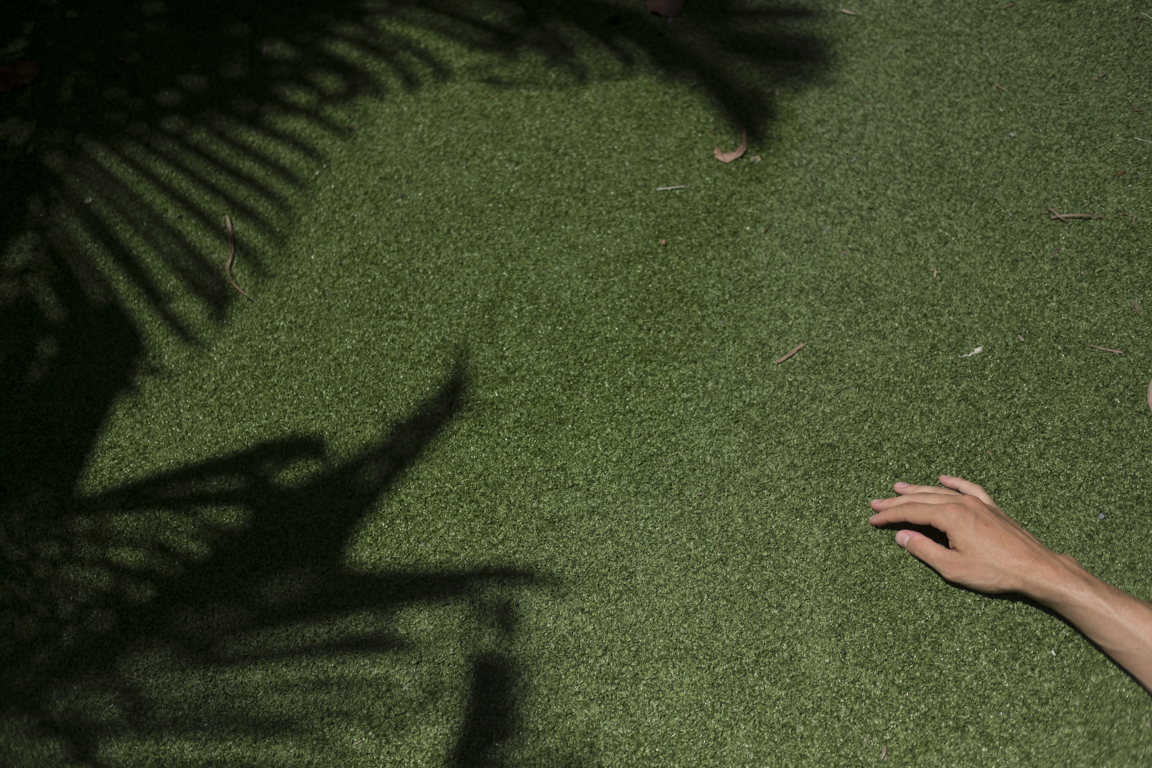
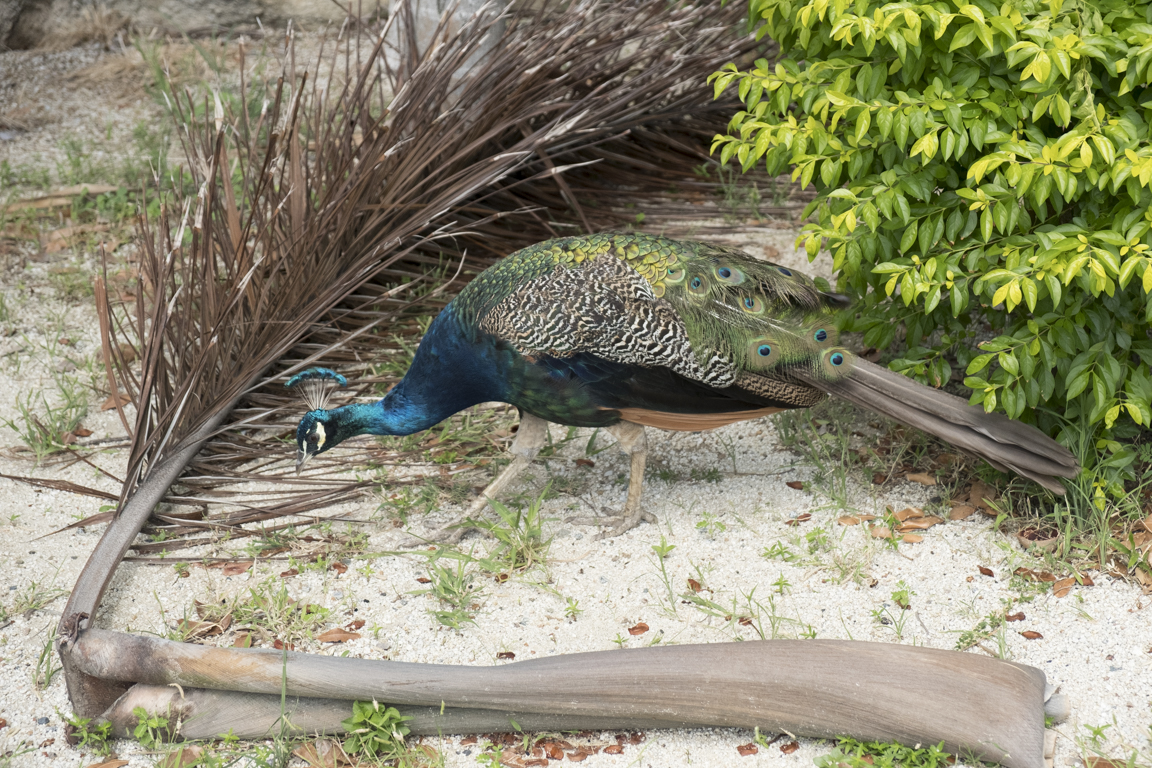
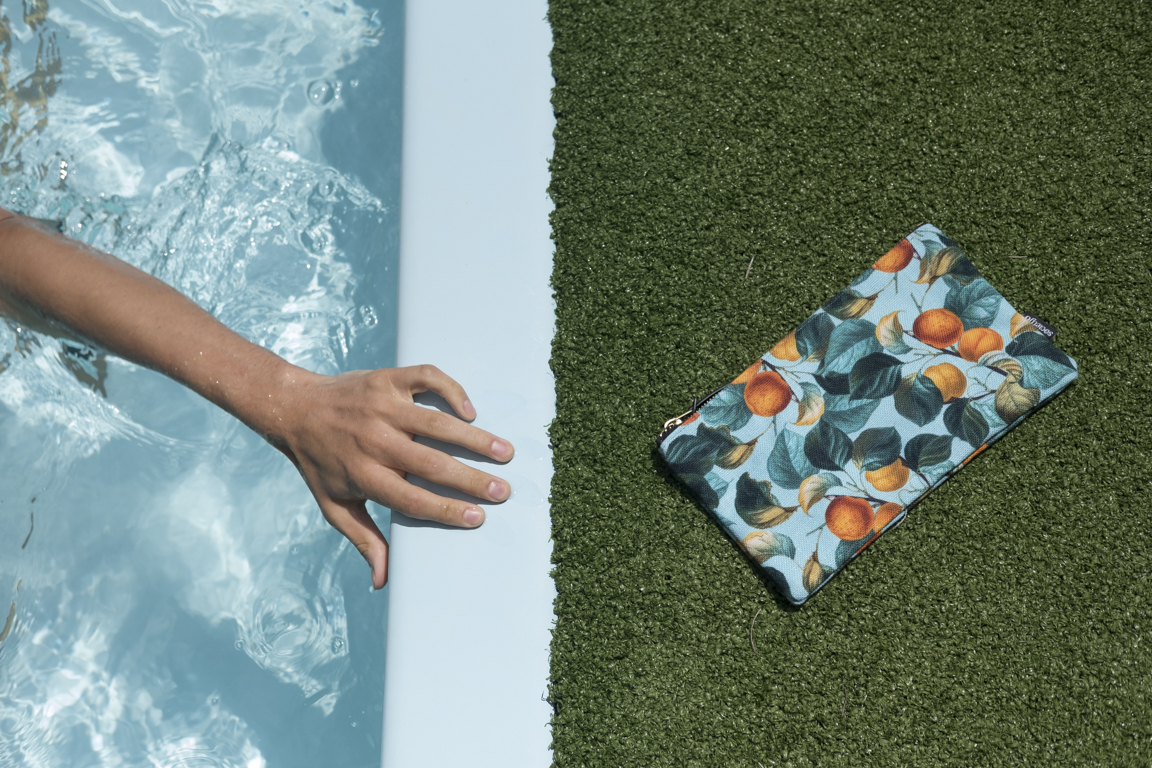
Comments